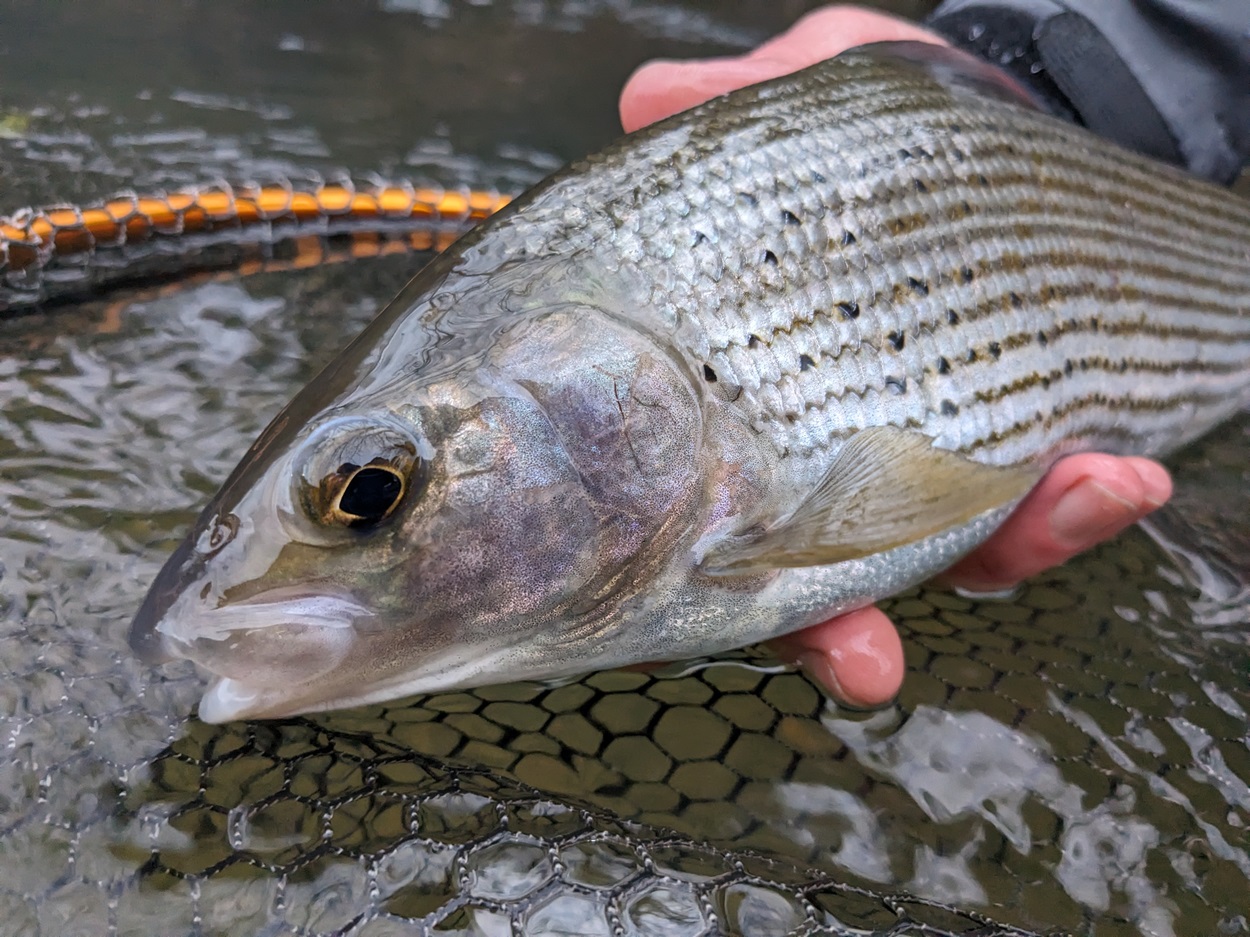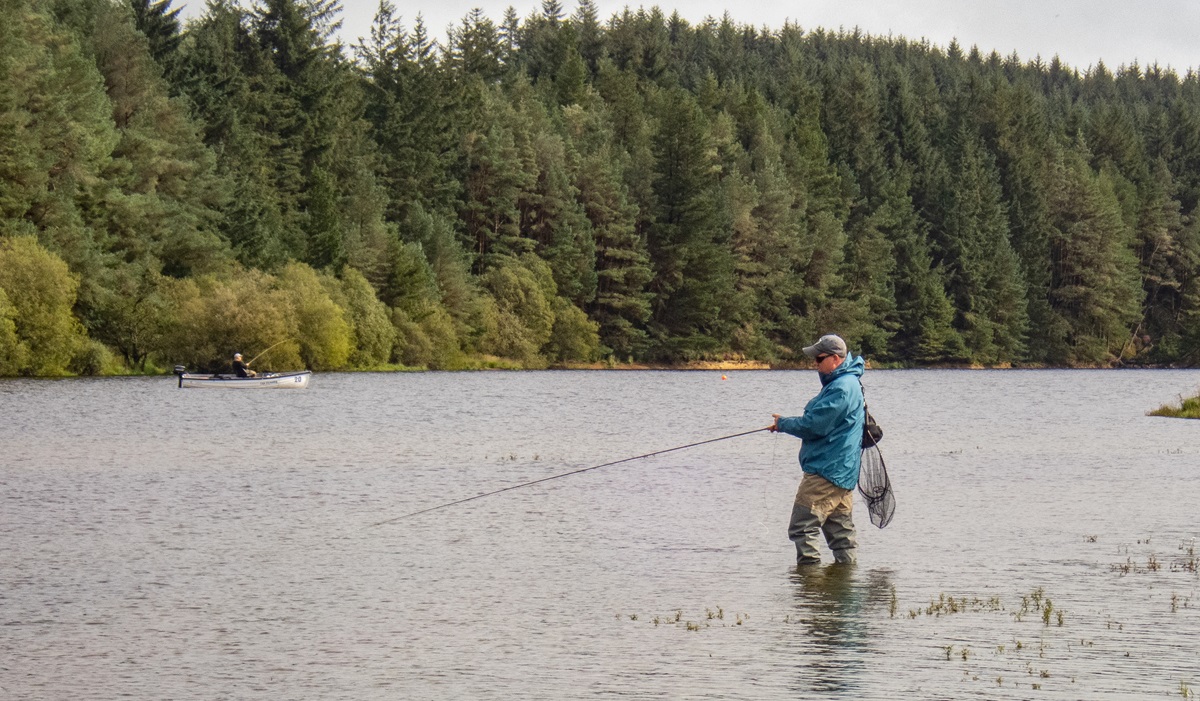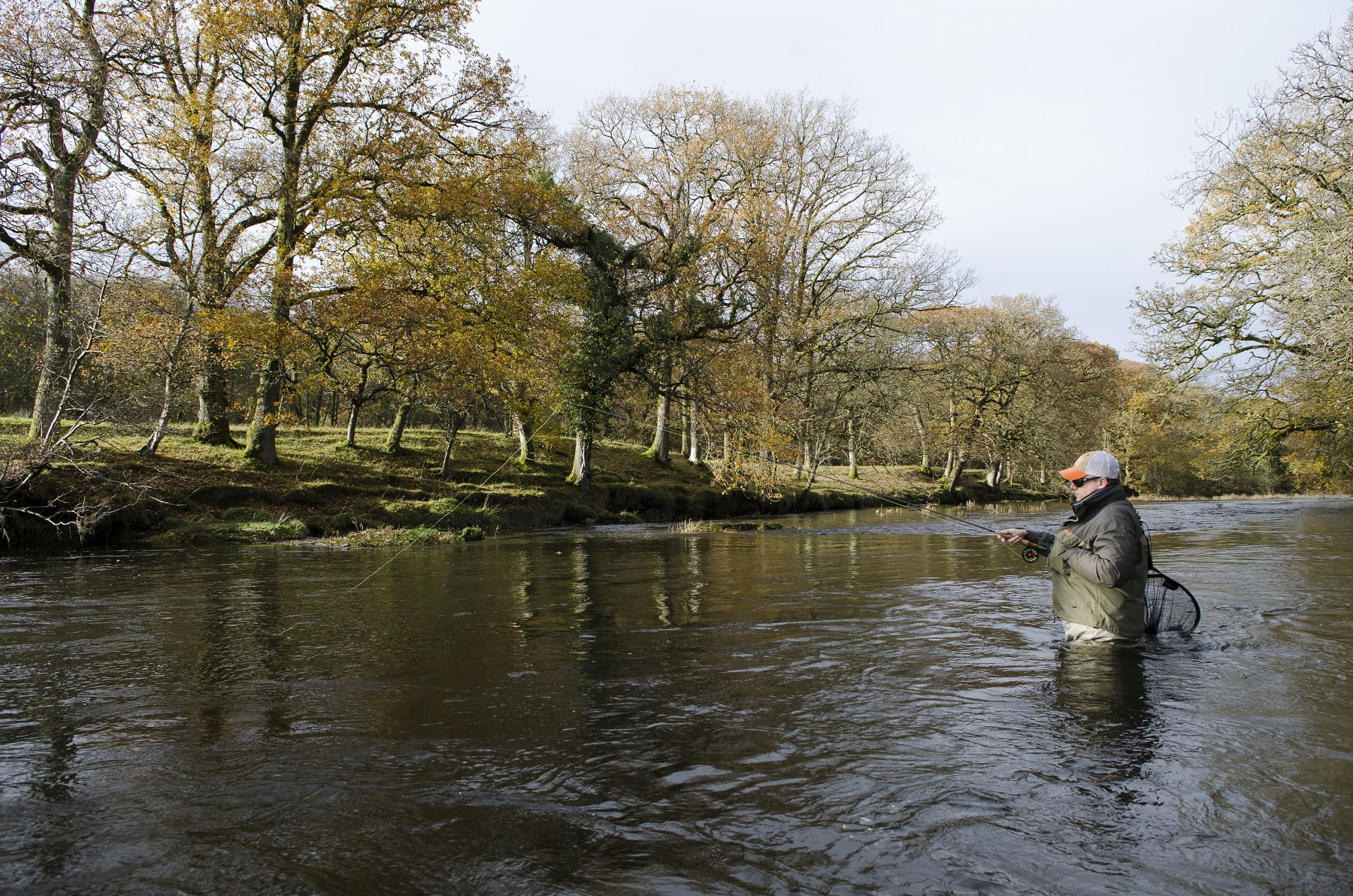Getting lucky with the ladies
In this blog, Kieron Jenkins of Welsh tackle brand Airflo reports on how to get lucky with the ‘lady of the stream’ this autumn and winter.
The act of fishing for grayling throughout the colder months is one an angler uses to help lessen the sense that the trout season is still so far away. It’s also a time of year that many river anglers look forward to, as the lady of the stream can produce some of the best fishing activity, whether the rivers on its bones or flooded.
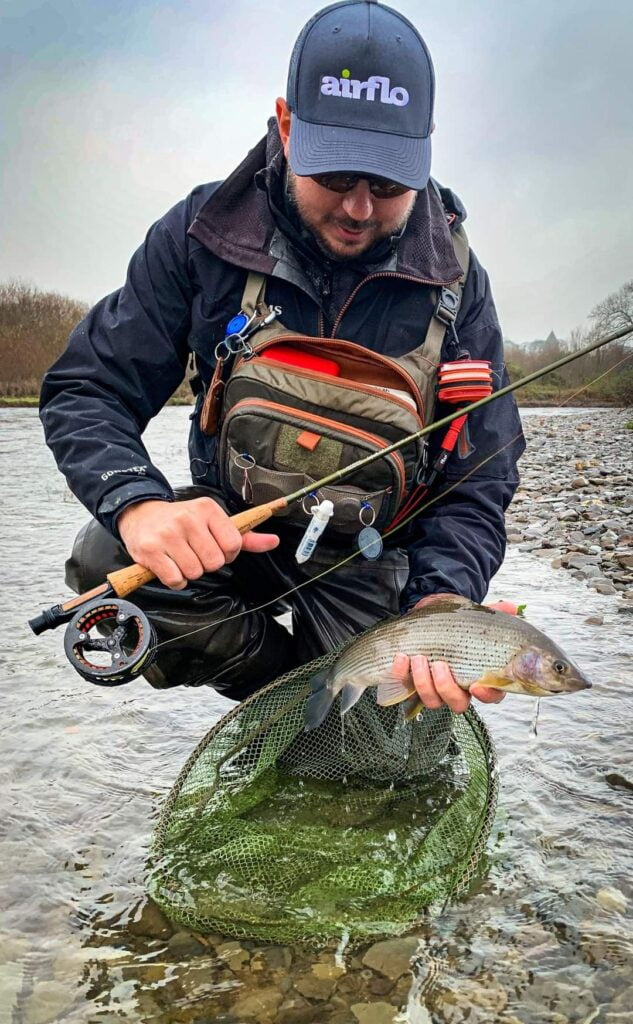
As we enter autumn, the leaves on the trees start to turn colour and fall and the trout move upstream towards their intended spawning areas. The temperatures drop and the grayling start to congregate into shoals, even more so when temperatures plummet to below 5 degrees!
What I personally like about grayling is that they are catchable in almost any conditions. Whether the outside temperature is below zero, or your favourite rivers in flood, grayling can be found somewhere and caught.
In normal flow regimes or low waters, grayling can be relatively spaced out and hold up in almost every section of the river. In a flood, however, grayling tend to become restricted to just a few areas and once found, can provide some great fishing, it has to be better than sitting in the house, right?
Grayling tend to have very focused feeding times throughout the winter months, with very short windows of opportunity to get fish feeding close to the surface. Fly hatches only last for an hour or two through the winter, it seems as soon as the fly life gets going, it stops again, but in this short period of time the grayling are usually extremely willing to stick their noses up. Either side of lunch time however, the ladies don’t tend to move far from the bottom, as almost all food is situated at the river bed.
The grayling’s overshot mouth aids them while foraging around the bottom in a search for olive nymphs, caseless caddis, cased caddis, shrimps and more. All of these insects tend to prefer gravelly bottoms, ideal for bugging or French nymphing over!
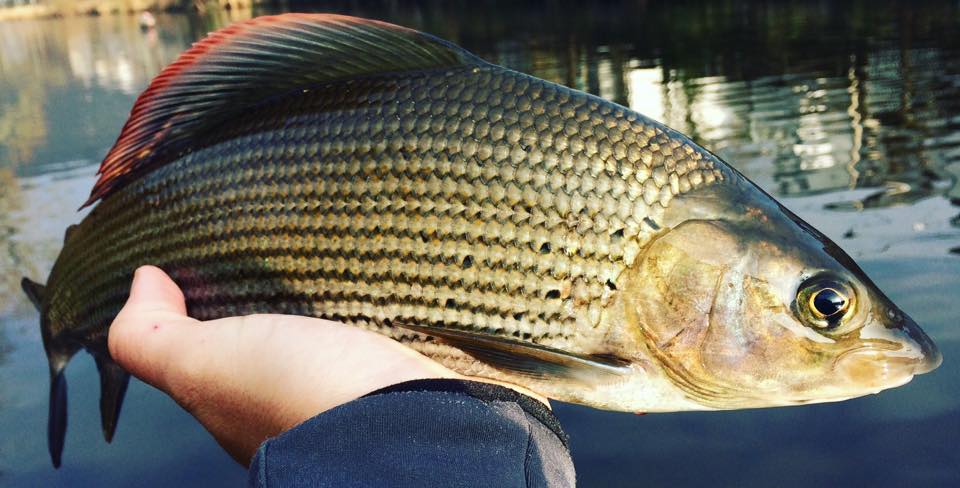
Catching grayling can be easy once you’ve found them. I’ve got this thing in my head where I think grayling don’t like water over four foot deep, I don’t really know what it is, but my catch rate in this depth of water is very low. Good catches seem to come from water between a foot and three deep, at the edge of a run, the back end of a long pool or as the water starts to flatten out after a run can be a great area to start your grayling search.
Czech nymphing and French nymphing are perfect methods to fish the faster water, where you can use your fly line or a long tapered leader as in the French style, to propel heavily weighted flies upstream into the current to allow them to fall and fish as close to the bottom as possible. The difference between the two is that you can fish the French leader at a greater range than the Czech nymph setup, but you achieve almost the same drift and depth with both. However the French Leader provides better control in my opinion. By keeping your flies close to the bottom you’ll have greater chances of intercepting any grayling which are feeding than your flies would in mid water.
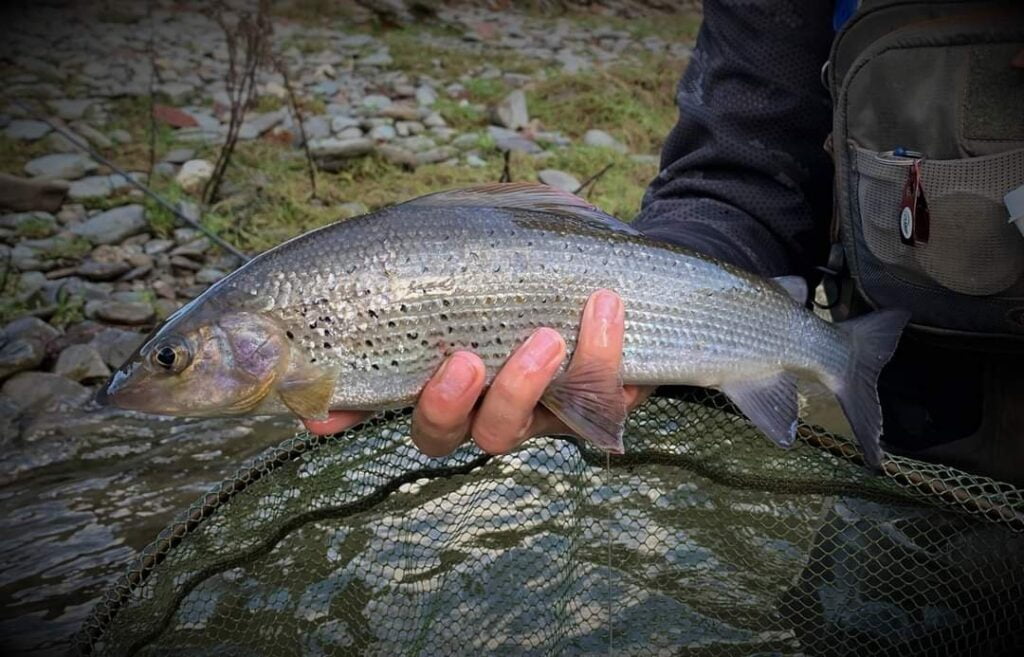
The Duo or Trio method is the ideal way of targeting fish in slow, shallow water, or deeper water with hardly any pace. Where these methods are the same is that they both feature a dry fly as the indicator with either one or two nymphs suspended below. The dry fly will react to any takes or hits below the surface to the nymphs, and of course, a dry fly. Simply throw upstream and let the flies drift back towards you, mending where necessary to get a drag free drift.
Being versatile with your tactics is a key element to getting the most out of a day’s grayling fishing, I caught my largest ever UK grayling on a Christmas Eve at 3pm on a dry fly, with a foot of fresh snow on the bank, they’re certainly not shy when the food’s available!
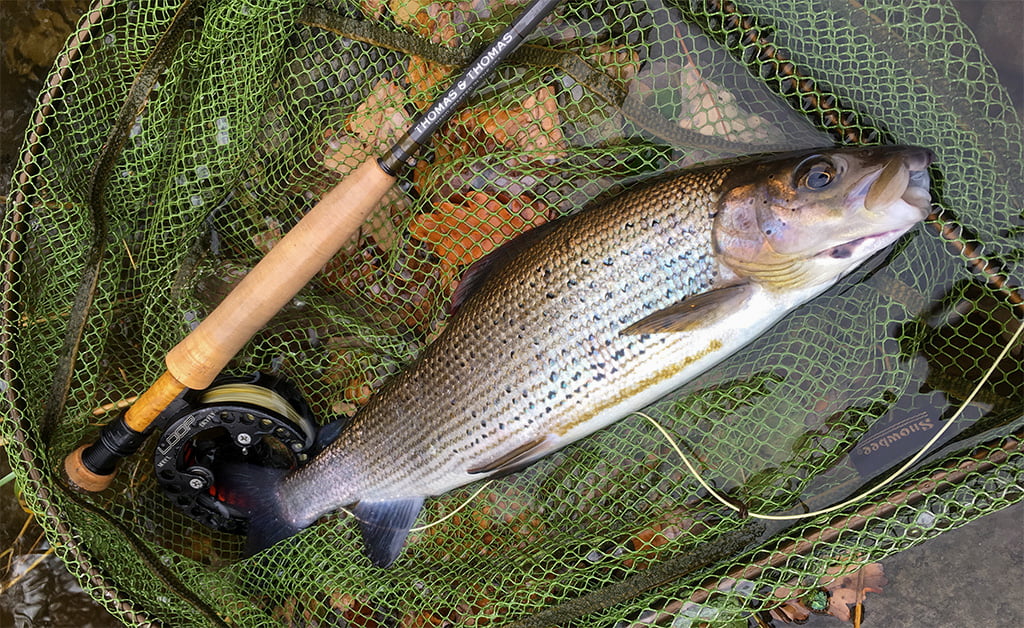
Ever since my first trip to the Czech Republic for the World Youth team back in 2005, I’ve been hooked on Jig style flies. Seeing first-hand the effectiveness of these style of patterns I knew they would be a massive part of our river fishing. Especially when grayling fishing where your flies are trundled close to the river bed for lengthy periods of time. Most of my sub surface flies are tied on jig hooks, as they enable you to fish along the bottom without snagging too often.
Here’s a selection of my top winter grayling patterns:
CDC Red Tag – As one of the top wet and dry flies ever tied for grayling, incorporating this pattern into a jig was a no brainer. It’s the ideal pattern for fishing slightly coloured water as its bright and imparts plenty of movement.
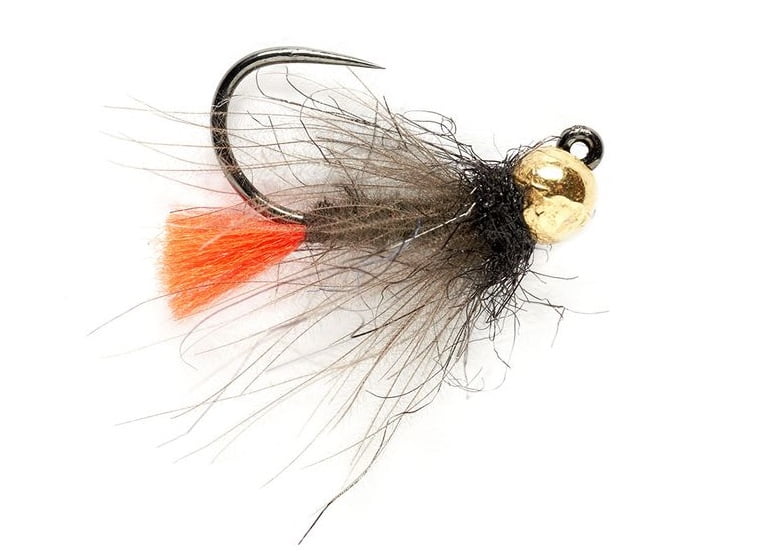
Olive Quill – This olive quill nymph is the perfect pattern to fish late morning into the early afternoon, just as the olives start to make an appearance.

White Bead Pheasant Tail: This pheasant tail pattern has proved successful for both trout and grayling, but really excels in shallow, coloured water.
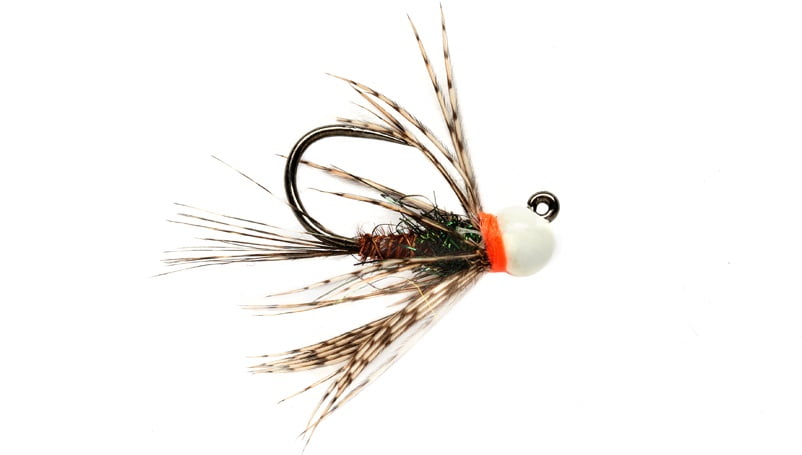
KJ’s Black Jig – The black jig has been a favourite of mine since my trip to Czech Republic, representing a cased caddis this pattern produces the better fish in turbulent water.


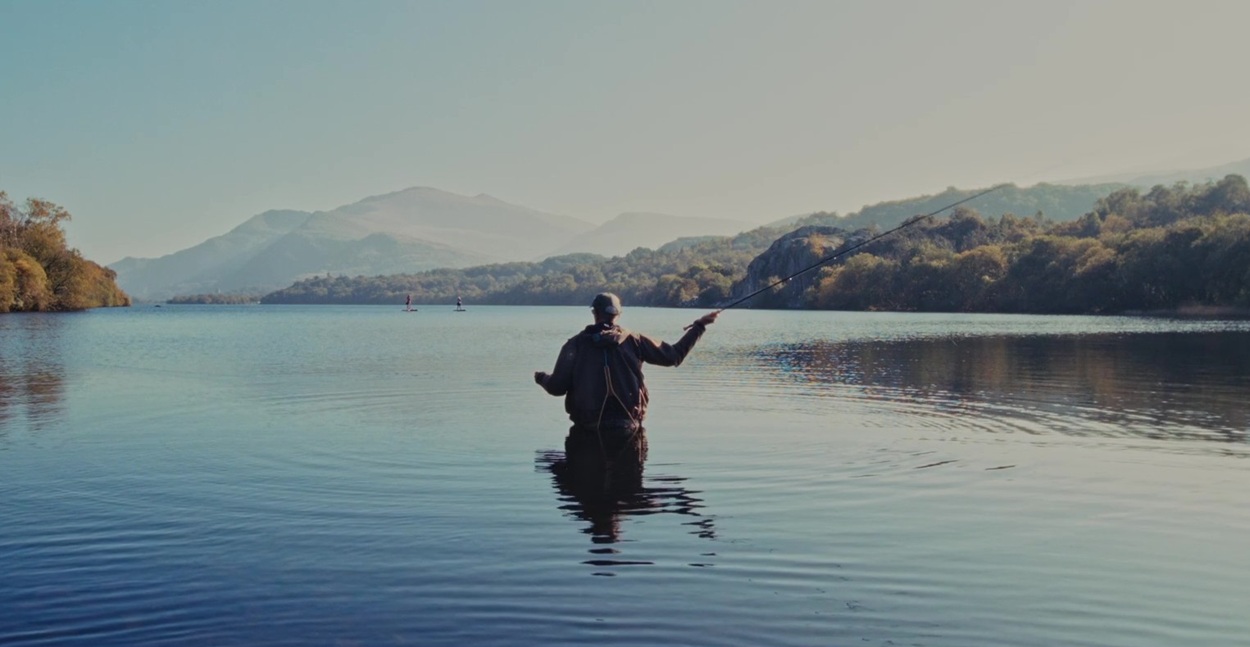
Am ein bywydau 'About our lives' - Cymdeithas Pysgota Seiont Gwyrfai & Llyfni VIDEO
A Welsh language film (Cymraeg) with English subtitles. We’re pleased to present: Am ein bywydau – a film…
Read More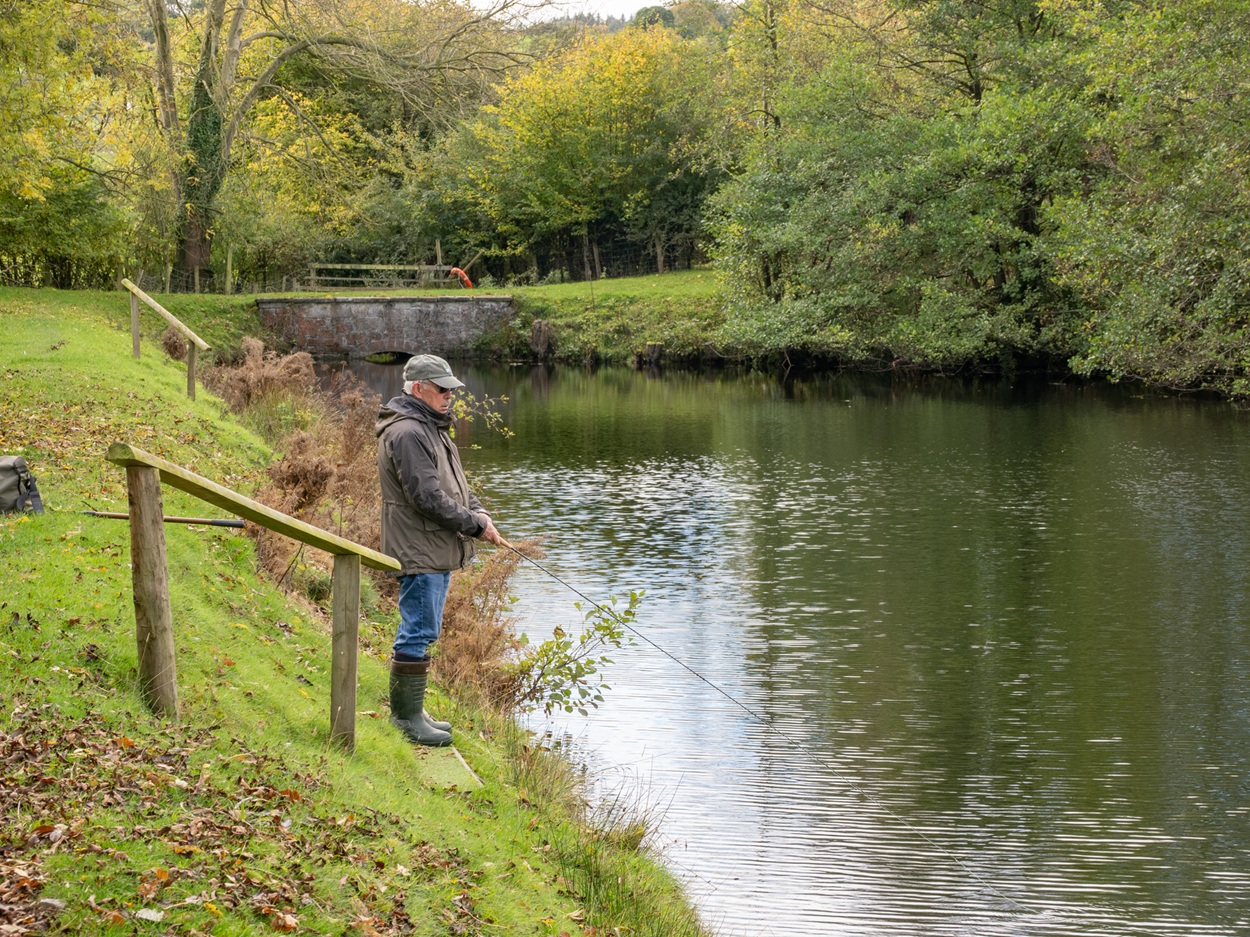
Fishing Clubs of Wales: Rhyl & St Asaph Angling Association VIDEO
We join Chris Porteous of Rhyl & St Asaph Angling Association on their club lake, where Chris shares information about…
Read More
Winter Stillwater Carp Fishing
Wales may not be world renowned for its carp fishing, but a plethora of superb options do exist, with hundreds…
Read More
